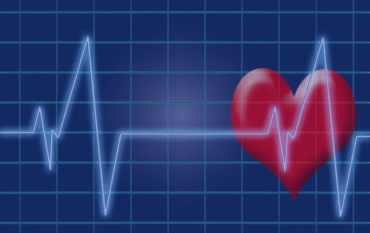Dear readers,
following the brief introduction regarding the NCDs and its main types, today the focus is on cardiovascular diseases. Let’s have a deeper look.
What are cardiovascular diseases (CVDs)?
They are a class of disorders affecting the heart or blood vessels. CVD is an umbrella term referring to different conditions. Moreover, a person may be affected by one or more condition. CVDs include coronary heart diseases (e.g., angina), cerebrovascular disease (e.g., ischemic stroke), peripheral artery disease, rheumatic heart disease (involving the heart muscle and valves), congenital heart disease and deep vein thrombosis and pulmonary embolism. CVDs are the number one cause of death globally.
What are the common symptoms?
Symptoms vary and depend on the condition affecting the person. The most common are chest pain, faster/slower heartbeat, fatigue, breathlessness, weakness/pain or numb legs and/or arms, swollen limbs.
Risk factors
We have already mentioned the risk factors in the article regarding the NCDs. The other several risk factors are stress, family history of heart disease, gender (men are more tending to get CVD earlier than women) and age (the older you are, the more likely you are to get CVD).
The role of PA
Regular PA causes positive effects on the cardiovascular system (e.g., stronger muscle heart, lower blood pressure and cholesterol). Moreover, a regular practice of PA, specifically aerobic exercise (e.g., walking, running, cycling, dancing, hiking) is strongly associated with a decrease in cardiovascular mortality as well as the risk of developing CVDs.
How much exercise is enough?
The general PA recommendations for adults are 30 minutes, 5 times a week (wk) to reach at least 150 minutes/wk of moderate exercise or 25 minutes, 3 times a week to reach at least 75 minutes/wk of vigorous activity.
However, it is important to remember that frequency, intensity, time and type of exercise depend on the physical condition of the person. This is why a physical evaluation is necessary before commencing any exercise program.
References
Tian, D., & Meng, J. (2019). Exercise for Prevention and Relief of Cardiovascular Disease: Prognoses, Mechanisms, and Approaches. Oxidative medicine and cellular longevity,2019: 3756750.
World Health Organization (WHO) 17 May 2017. Cardiovascular diseases (CVDs).
Edited by
Dott.ssa Francesca Greco



Commenta con Facebook